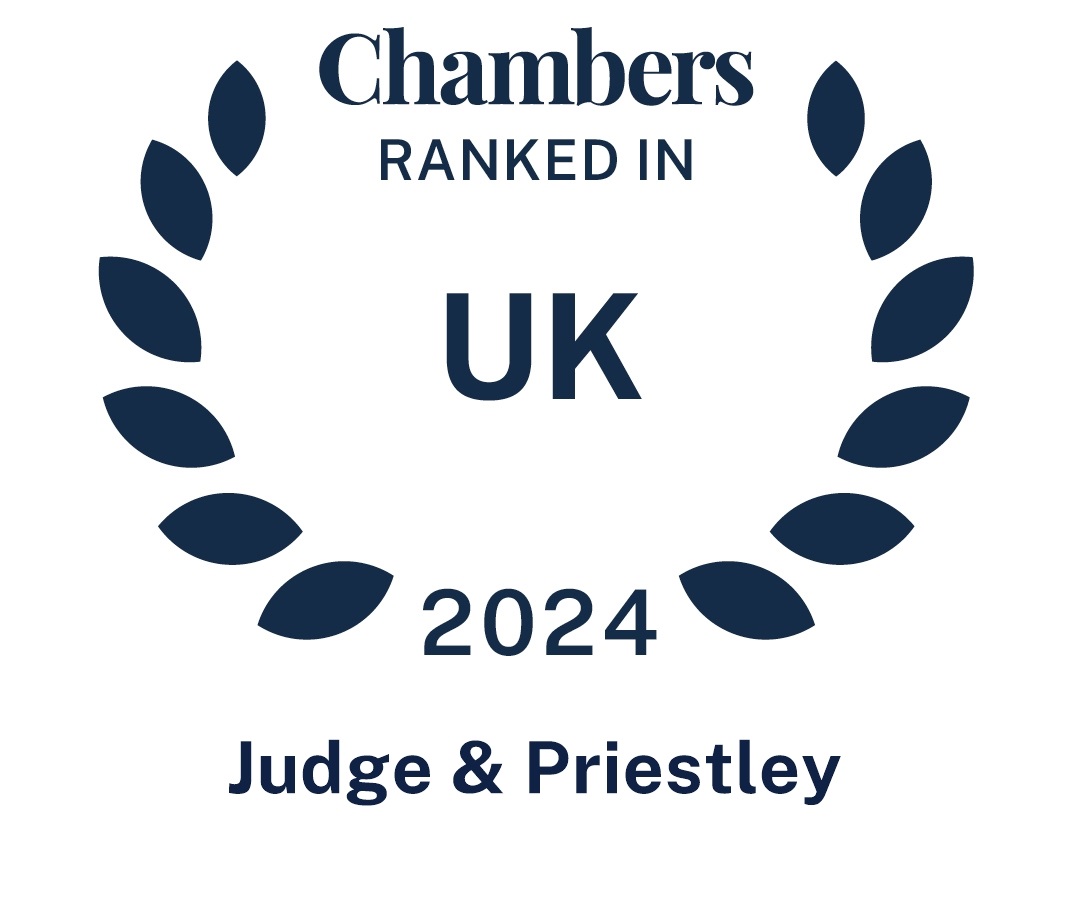- Bromley020 8290 0333
Pensions & The Galbraith Tables: A brief introduction
The Galbraith Tables aim to offer a preliminary estimate for pension values, aiding informed decisions in financial settlements.
When it comes to financial remedies, one of the parties’ main assets is likely to be their pensions. However, this is a complicated area and with it come many pitfalls as the actual value of the pension on retirement age is difficult to determine without instructing an expert to value the same, an instruction which can prove costly.
One way in which a party can create a pension settlement on divorce is by offsetting their pension against other assets, this is most commonly the family home. A party holding a particularly large pension may not want this to diminish, so they may choose to offset the value of their pension against the family home, so that they take less of the equity in this or none at all, whilst retaining their pension. The offsetting will make up for the value of the pension the other party is seeking to claim. It is therefore important that the value of the pension and the assets are as accurate as possible, to ensure the offset is fair. However, there is no correct method for providing these valuations, save for instructing a pension expert, but this can prove expensive and the cost of preparing a pension report may be disproportionate to the issues in the case. This is where the Galbraith tables can prove handy.
What are the Galbraith Tables?
The Galbraith tables were created by Jonathan Galbraith and Chris Goodwin of Mathieson consulting LTD to provide a steer as to a ballpark figure on the value of a pension benefit on divorce. This will enable the parties to consider whether pension offsetting is suitable, before they decide to instruct an expert.
There are three different tables upon which the calculations will be based on:
- A unisex table which looks at the value of a lump sum pension payable in the future.
- The value of the pension per year payable at present for men.
- The value of the pension per year payable at present for women.
The reason why the tables have been split into male and female is due to the difference in life expectancy between the sexes to help provide a more accurate figure of the pension.
The tables look at the age that the individual is at present, and their retirement age and provides a multiplicand to be multiplied against their current pension value and provide an estimate of what their pension fund will look like at retirement age. An example provided by the authors of the table is as follows:
H is 45 and has a pension of £10,000 per annum. He wants to retire at 60. Using the tables, we will select 45 for his age and move along the row until we reach the retirement age of 60. A multiplicand of 26.230 is provided. We then multiply this by £10,000 to provide us with a figure of £262,300. The Husband would therefore require £262k today to offset against another asset and replicate his pension rights on retirement.
Points to Note
- Offsetting can only be used if there are other sufficient assets with which the difference in the pension assets can be offset against.
- The tables are used to provide a steer on the value of pension benefits, and they are not an accurate figure. Pension experts may place a different value on the pension.
- The figures produced by the tables are prior to any tax calculations or utility adjustments.
- The tables are used for defined benefit pensions.
As can be seen from above, the Galbraith tables provide a method for solicitors to advise their clients of an estimated value of their pensions at retirement age and can help an individual decide whether an offsetting order is right for them in the circumstances of their case, at an early stage of financial settlement. A party can also decide to rely on the estimate provided by the Galbraith tables, rather than incurring the expense a formal pension report, in circumstances where they can ill afford to do so.
Written by: Megan Porter (Trainee Solicitor)
If you have any enquiries regarding divorce or finances, please contact a member of our Family team on 020 8290 0333 or email info@judge-priestley.co.uk for a free initial consultation with one of our experts.
For further information on our Family Law services, click here.









